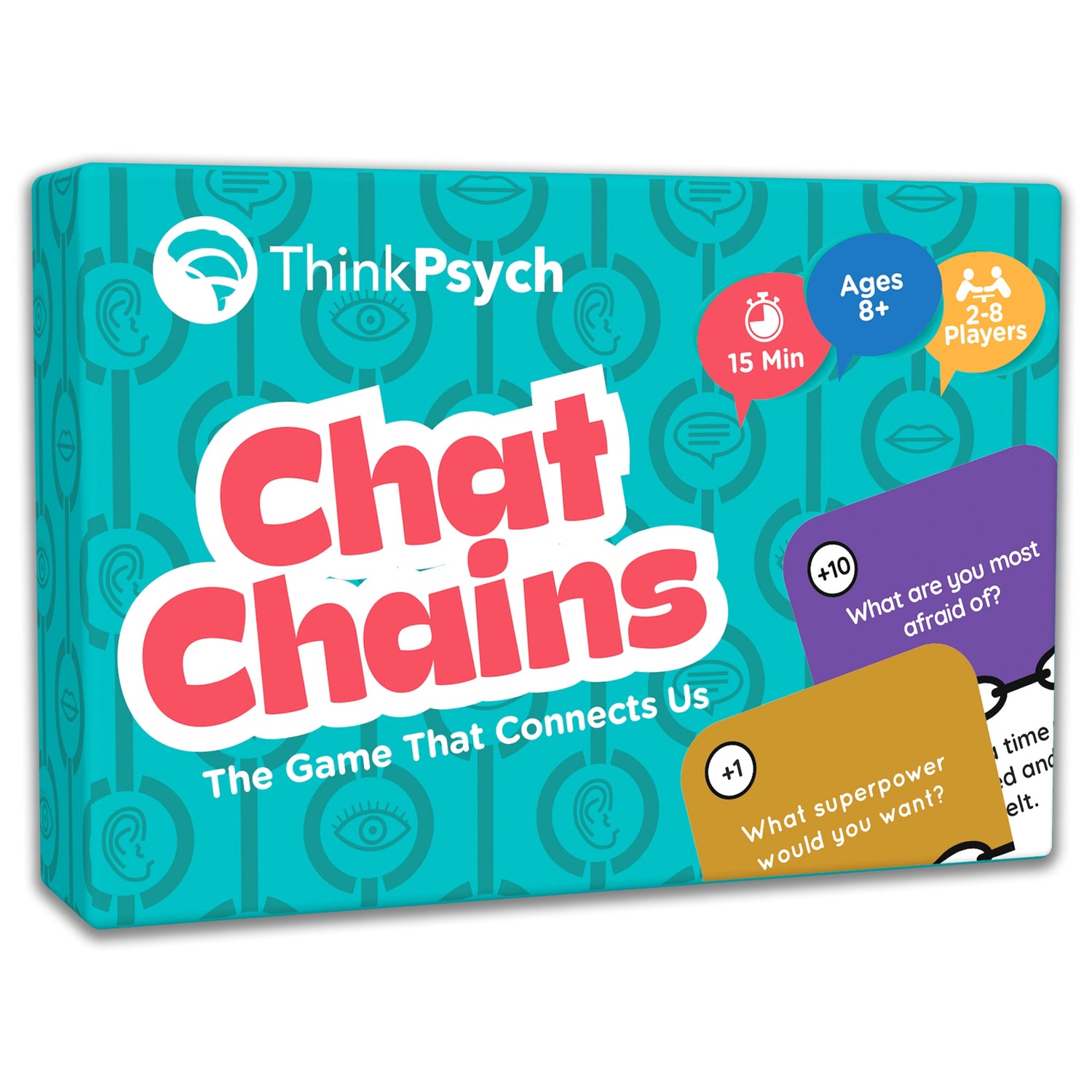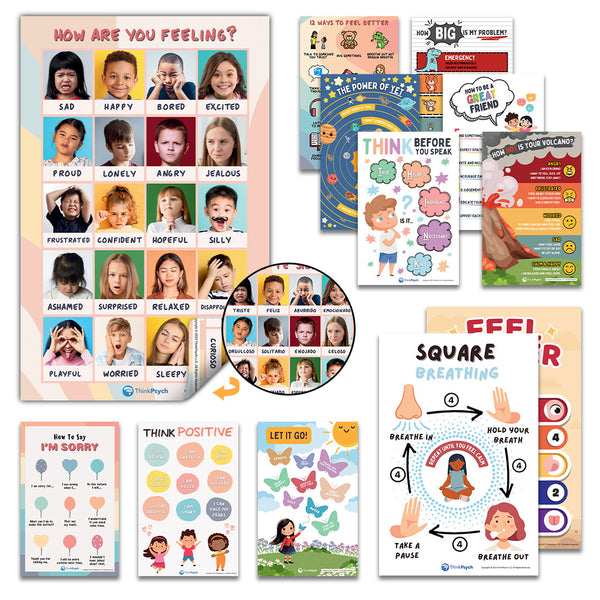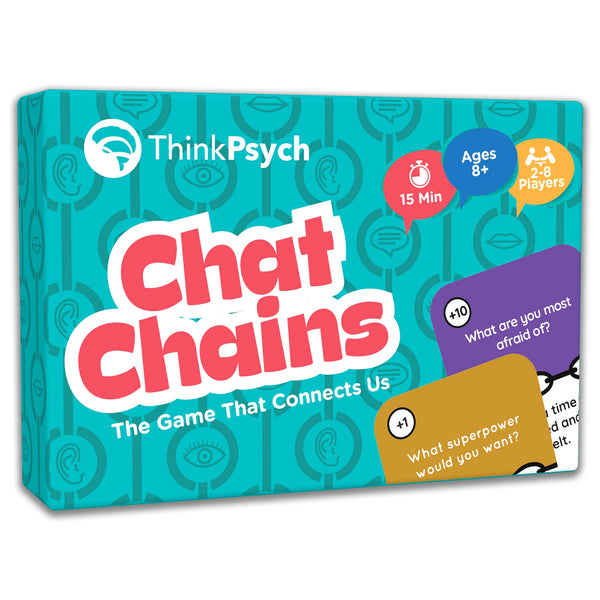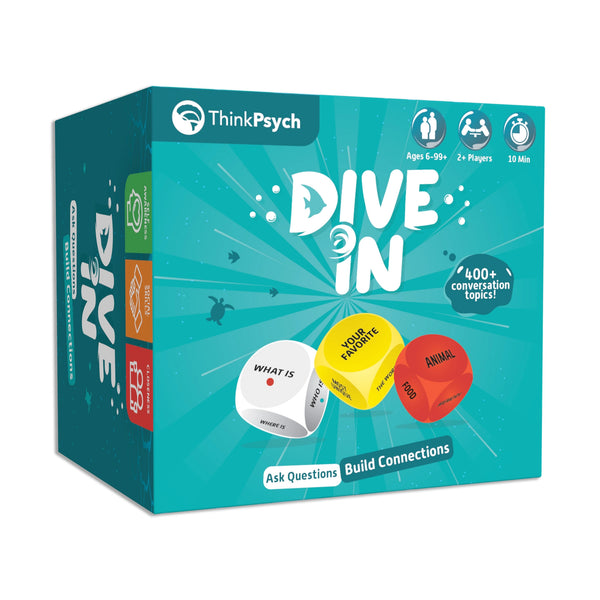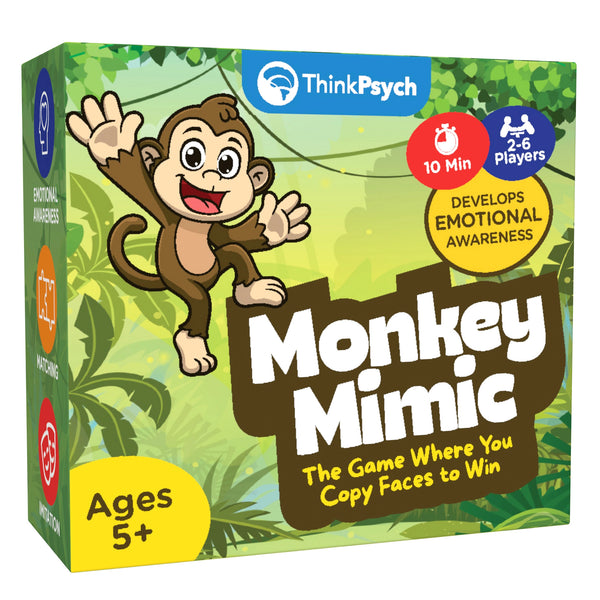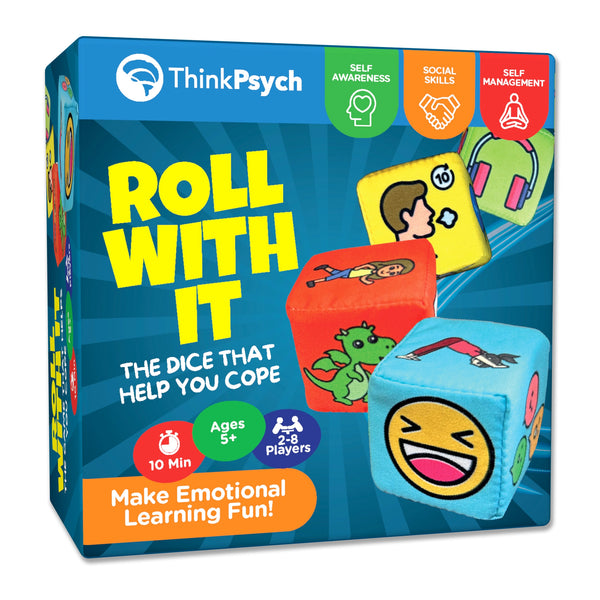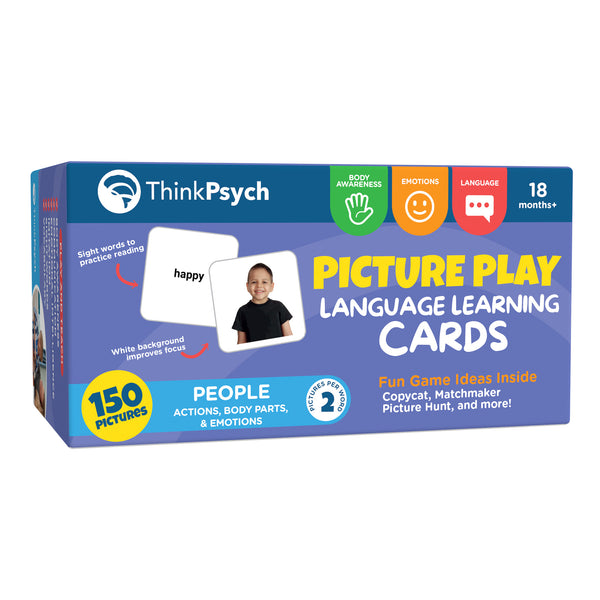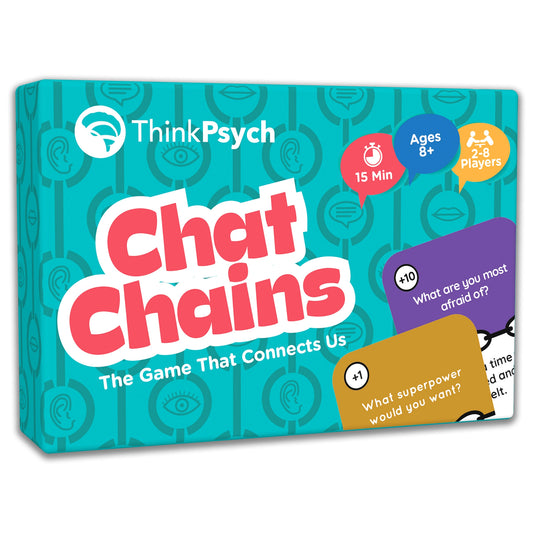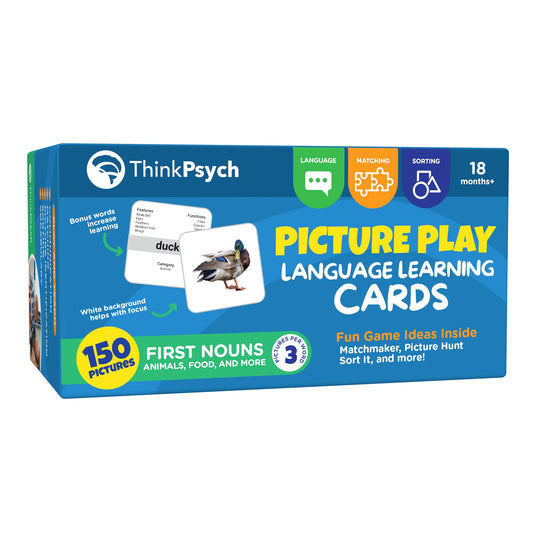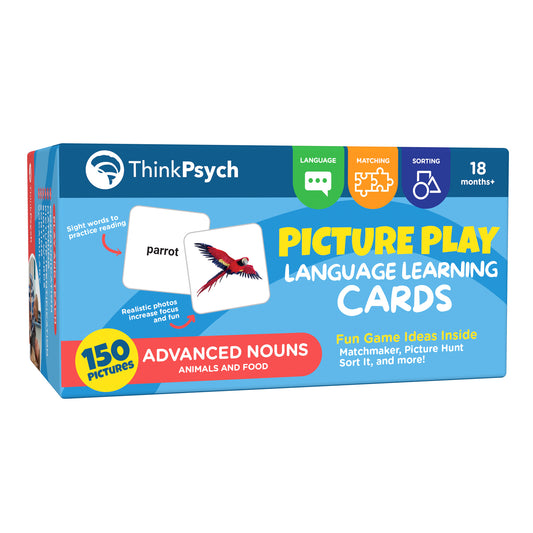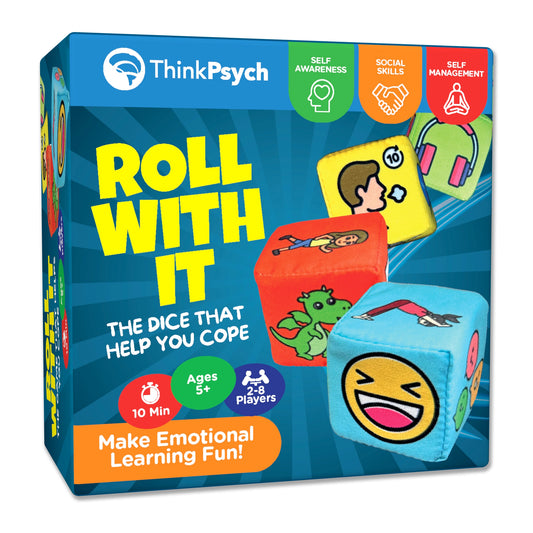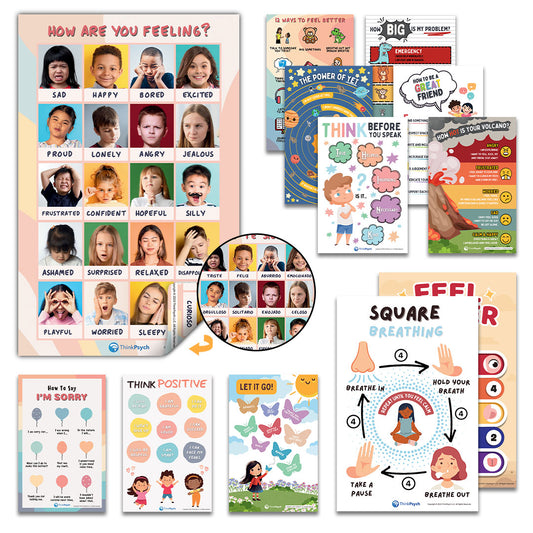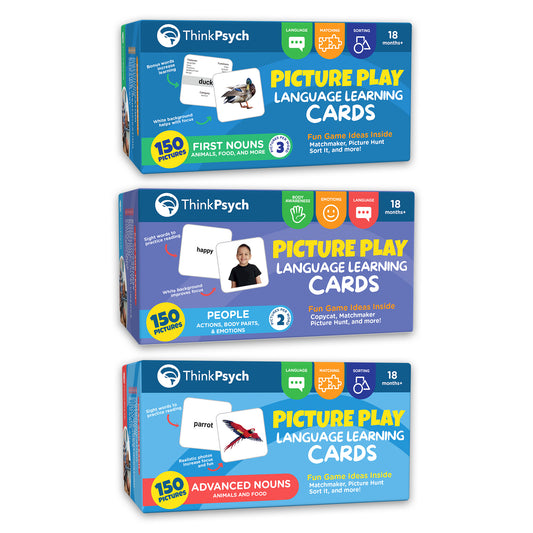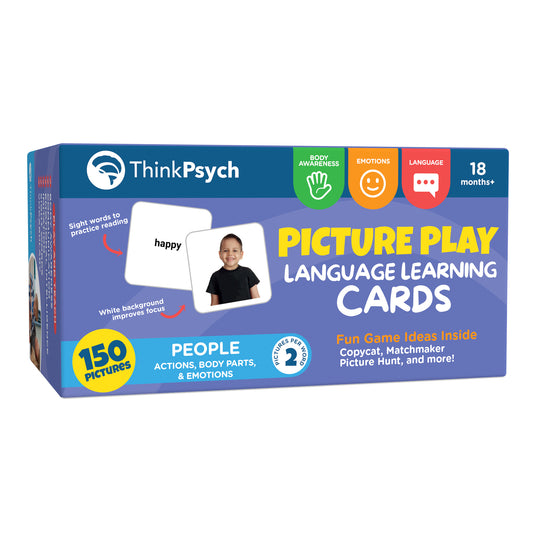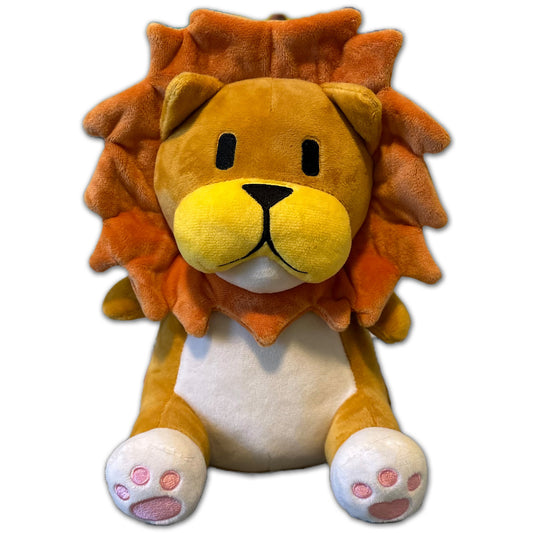
Expanding Emotional Vocabulary For Children
Share
Emotions are so complex that even we as adults struggle to understand and express them. It’s even more difficult for children, who have less experience with the world and their emotions. That’s why it’s so important for them to learn how to express their feelings in a healthy way.
One of the most effective ways to help children develop emotional literacy is by building their emotional vocabulary.
It’s not just about teaching basic emotional concepts – like happiness or sadness – but also explaining the more subtle ones, like excitement, anxiety, frustration, and embarrassment. This way, kids learn the nuances of emotions and become better equipped to articulate how they feel.
But how does one go about teaching emotional vocabulary to kids? We’ll discuss some activities in this article.
The Importance of Developing Emotional Literacy
Emotional literacy is the ability to recognize, name, and express one’s emotions. When kids can label their feelings, it results in several positive outcomes. Here they are below:
Improved Communication
When kids know what they’re feeling, they can communicate their emotions more effectively. For example, saying you’re “heartbroken” carries a different weight than simply saying you’re “sad.” This ability helps children build meaningful relationships with those around them and better manage conflicts.
Greater Self-Awareness
Knowing certain feelings exist and being able to identify them in the moment gives kids greater self-awareness. It can help them take ownership of their emotions and develop better coping strategies.
Increased Empathy
When kids understand their own emotions, it also helps them become more empathetic to others. Having empathy allows them to respond and communicate better with those around them.
Higher Emotional Intelligence
Being able to recognize and understand emotions helps kids learn how to cope and navigate difficult situations. It leads to higher emotional intelligence, a skill that’s essential for navigating life’s everyday challenges.
Ways to Increase Emotional Vocabulary
Teaching kids emotional vocabulary can be done in a variety of ways. Before you start, remember that the goal is to let the young ones understand that emotions have a wide spectrum – from mild to intense – and that it’s okay to feel all of them.
Here are activities you can use to help them understand and express their feelings better:
1. List down all the feelings.
Before focusing on expanding your kid’s emotional vocabulary, sit down with them first and have them list all the feelings they already know. This is a great way to gauge their understanding of emotions, and it also gives you an idea of which ones need more explanation.
From the ones listed, you can branch out to introduce more feelings. For instance, under “happiness,” you can write “contentment,” “delight,” and other similar emotions. This list alone can help a kid learn how complex emotions can be.
2. Talk about your own feelings.
When adults share their own emotions, it can be a great opportunity for kids to learn about themselves. It’s like giving them an emotional roadmap to help them navigate the tricky world of feelings.
A child will more likely open up if you show that you’re comfortable healthily expressing your emotions. Talking about your experience with different feelings encourages kids to trust their own judgment and express themselves openly.
3. Use stories as teaching tools.
Stories are powerful tools for teaching children new concepts because they make abstract topics easier to understand and relate to. You can find age-appropriate books or stories that feature characters expressing different emotions.
As you’re reading, take time to discuss the characters’ feelings and how they act accordingly. This will help the child understand their own emotions better and give them language to describe what they’re feeling.
You can also watch age-appropriate movies or TV shows with the child and discuss the emotions portrayed in them. The Disney movie Inside Out is a great example of this.
4. Play emotion-based games.
Games are great for teaching kids emotional vocabulary because they make learning fun. You can create simple emotion-based games to help the child practice and remember different emotions. For example, you can use flashcards and have them match the emotion with its definition.
Another game you can play is emotion-themed dice with different coping strategies displayed on each side. When a dice representing an emotion lands on a particular coping skill, the child has to act it or describe what it means. Play one of four games to help children learn tactics on how to handle big feelings.
Customer Favorites From Our Store
5. Help kids visualize feelings.
Visuals are great learning tools because they help children understand complex ideas more easily. You can use an emotions poster, chart, or wheel to give kids an idea of what certain feelings look like.
Letting them draw an emotion can also be a great way for them to express and understand their feelings. For example, you can ask a child to draw their interpretation of anxiousness or sadness.
There are no right or wrong answers here. The goal is for them to connect with their emotions and give them a face or image that’s unique to them.
6. Use role-playing activities.
Role-playing is another fun way for kids to practice expressing their emotions in various scenarios. You can create simple scenes – like going to the grocery store or having lunch with friends – and have them act out what they would do if they felt certain emotions while in those situations.
It’s important that you guide them through each scene, so they understand how these reactions are appropriate and healthy.
7. Encourage kids to keep a journal.
Writing down one’s thoughts and feelings is a great way to practice self-reflection. Encourage your child to keep a journal where they can express their emotions, experiences, and ideas. This will also prompt them to research words that accurately express their emotions.
Conclusion
Just like learning any language, helping kids understand emotional vocabulary takes practice and patience. But once they get the hang of it, children can become more aware of how they feel and better equipped to handle different situations in life.
So take the time to help kids develop an emotional vocabulary – you’ll be surprised at how far a few words can go.
References:
